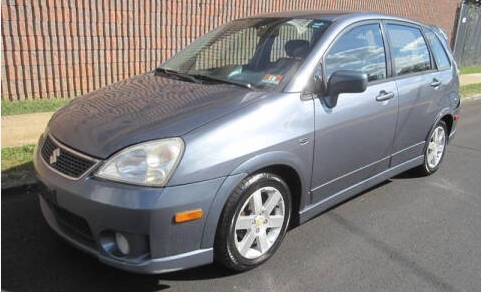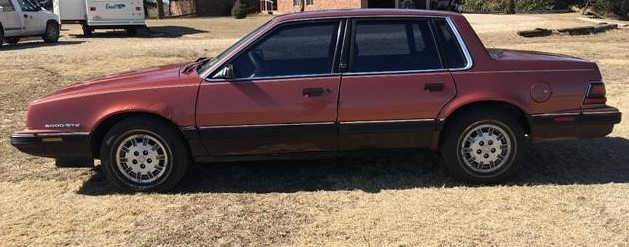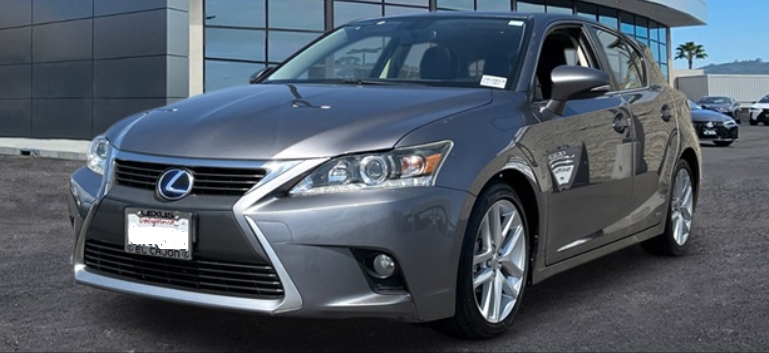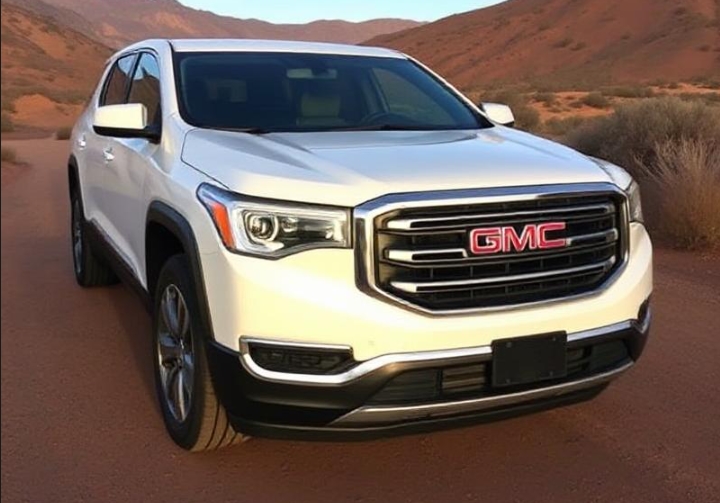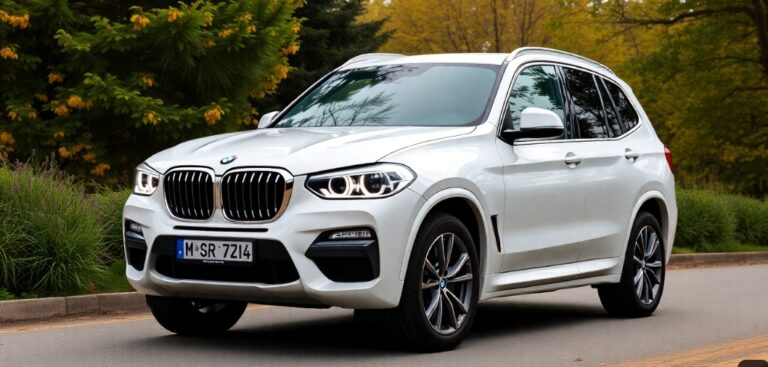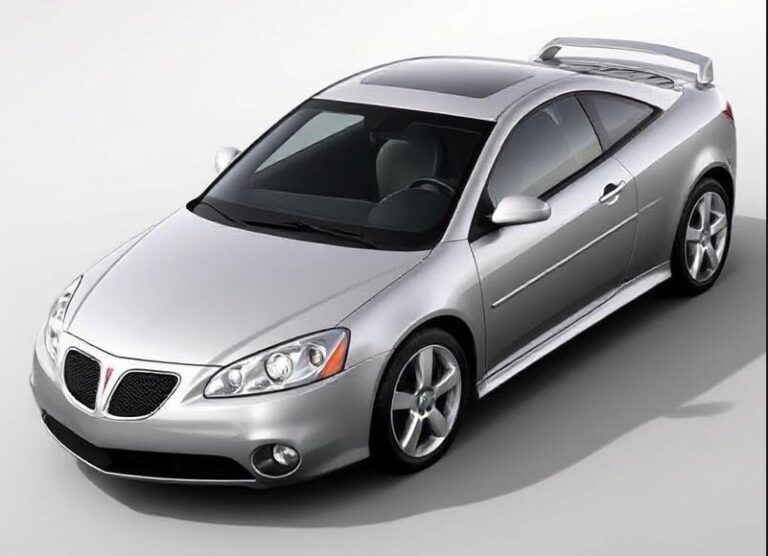The Evolution of the Suzuki Aerio
The Suzuki Aerio, also known as the Suzuki Liana in some markets, is a compact car that marked Suzuki’s entry into the competitive compact sedan and hatchback segment during the early 2000s. Its development reflected Suzuki’s efforts to expand its global footprint by offering a versatile, affordable, and reliable vehicle designed to appeal to a broad range of consumers. This article traces the evolution of the Suzuki Aerio, detailing its production timeline, model variations, trim levels, and key features from inception to discontinuation.
Introduction and Background
Suzuki introduced the Aerio in North America in 2002 as a replacement for the Suzuki Esteem. The vehicle was developed primarily for the North American and Asian markets, and it was sold under various names worldwide, including the Suzuki Liana, which was its moniker in Europe and other regions. The Aerio was built to compete in the compact segment, offering a practical combination of size, fuel efficiency, and affordability.
Production Timeline and Generations
First Generation (2002–2007)
- Launch Year: 2002
- Discontinuation: 2007
The first-generation Suzuki Aerio was introduced in 2002 as a 2002 model. It was produced primarily in Japan and Mexico, with manufacturing also taking place in other Asian countries. The model was available in both sedan and hatchback forms, with a focus on versatility and practicality.
Second Generation (2007–2012) / Rebranding as Suzuki Liana
- Launch Year: 2007 (as Suzuki Liana in some markets)
- Discontinuation: 2012
The second generation, which largely overlapped with the end of the first generation’s production, saw the model rebranded as the Suzuki Liana in Europe and other regions. In North America, the Aerio nameplate persisted until 2006, after which the vehicle was phased out.
First Generation Suzuki Aerio (2002–2007)
Design and Features
The initial Aerio was built on Suzuki’s global platform, sharing some components with Suzuki’s larger vehicles. It featured a modern exterior design for its time, with a rounded body shape and a practical interior layout. The vehicle was offered in multiple body styles:
- Sedan: Four-door sedan
- Hatchback: Five-door hatchback
Engine Options
The first-generation Aerio was equipped with a range of engines:
- 1.5-liter I4 (G15A): Producing approximately 102 horsepower, offered in base trims.
- 2.0-liter I4 (J20A): Producing around 137 horsepower, available in higher trims.
- 2.3-liter I4 (J23B): Found in some markets, delivering approximately 140–143 horsepower.
Transmission Options
- 5-speed manual transmission
- 4-speed automatic transmission (some markets)
Trim Levels and Features
The initial trims varied depending on the market, but common configurations included:
- Base: Basic features, manual windows, cloth seats
- LXi: Upgraded interior, power windows, improved audio
- GT: Sportier version with a more powerful engine, sport-tuned suspension, and additional styling cues
Notable Features
- Air conditioning
- CD player
- Power windows and locks (in higher trims)
- Alloy wheels on sportier trims
Mid-Cycle Refresh and Updates (2004–2006)
During its production run, Suzuki introduced minor updates to improve the Aerio’s appeal:
- 2004 Model Year: Slight exterior refresh, including redesigned front grille and bumpers.
- 2005–2006: Interior upgrades, improved safety features (such as additional airbags), and minor mechanical refinements.
The Suzuki Aerio as a Practical Compact
The Aerio was recognized for its spacious interior, especially in the hatchback variant, which offered versatile cargo capacity. Its relatively competitive pricing and fuel economy made it a popular choice among budget-conscious consumers. However, it faced stiff competition from other Japanese and American brands in the segment, such as Honda Civic, Toyota Corolla, and Hyundai Elantra.
Transition to the Suzuki Liana (2007–2012)
In 2007, Suzuki rebranded the Aerio as the Suzuki Liana in Europe and other markets, aligning with Suzuki’s global naming conventions. The Liana shared the same platform and mechanicals but featured updated styling and features.
Design and Styling
The second-generation Liana adopted a more modern, aerodynamic exterior design with smoother lines and a contemporary grille. Inside, it offered improved materials and additional comfort features.
Engine Options
Engine choices remained similar but with some updates:
- 1.4-liter I4
- 1.6-liter I4
- 1.8-liter I4 (in some markets)
- 2.0-liter I4 (available in certain regions)
Transmission Options
- 5-speed manual
- 4-speed automatic
- 5-speed automatic (in newer models)
Trim Levels
Trim levels varied by market but generally included:
- Base: Basic features, manual windows, cloth seats
- Liana GL: Upgraded interior, air conditioning, power windows
- Liana GLX: Additional features such as alloy wheels, fog lights, and upgraded audio
- Sport variants: Sometimes available with sport-tuned suspension or styling cues
Key Features and Improvements
- Enhanced safety systems, including optional airbags
- Improved ride quality and handling
- Better fuel efficiency
- Upgraded interior with more refined materials
We LOVE cars & cruising around, but sometimes day trips to explore new cities are required (with family or friends) for a spice of variety in your life!
So GO explore!
Cruises & Day/Night City Tours to: Baltimore, Boston, Chicago, Marina Del Ray, New York, Niagara, Philadelphia, San Diego, San Francisco, Toronto, Washington DC, etc.:

.
Discontinuation and Market Cessation
By 2012, Suzuki had largely phased out the Aerio/Liana from many global markets due to declining sales and increased competition. The compact segment had evolved, with consumers demanding more refined vehicles with better fuel economy and modern features, which the Aerio/Liana struggled to meet against newer offerings.
Legacy and Impact
Despite its relatively short lifespan, the Suzuki Aerio played a significant role in Suzuki’s global lineup. It provided an affordable entry point into the compact car segment and was appreciated for its practicality, spaciousness, and reliability. The model’s evolution from a basic compact to a more refined Liana reflected Suzuki’s efforts to adapt to changing market demands.
Summary of Models and Trim Levels
| Year Range | Model Name | Market | Body Styles | Engines Available | Notable Trim Levels |
|---|---|---|---|---|---|
| 2002–2007 | Suzuki Aerio | North America, Asia | Sedan, Hatchback | 1.5L, 2.0L, 2.3L I4 | Base, LXi, GT, Sport |
| 2007–2012 | Suzuki Liana | Europe, Asia | Sedan, Hatchback | 1.4L, 1.6L, 1.8L, 2.0L I4 | Base, GL, GLX, Sport |
Conclusion
The Suzuki Aerio’s evolution from 2002 to 2012 encapsulates a period of growth and adaptation for Suzuki in the compact vehicle segment. Starting as a practical, affordable option with modest features, it gradually gained refinements and safety features to meet evolving consumer expectations. While it eventually phased out of production, the Aerio/Liana remains a notable chapter in Suzuki’s history, exemplifying the company’s commitment to offering reliable and versatile vehicles to a global audience.
